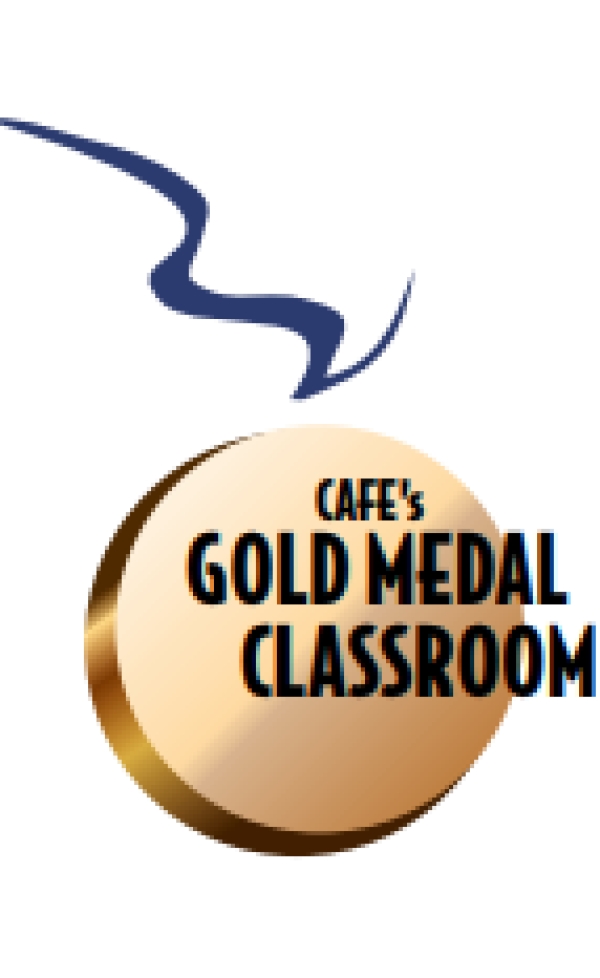Green Tomato: What Energy Waster Is Lurking in Your Kitchen?
31 October 2010By Christopher Koetke, CEC, CCE
 Turn-key teaching tools for sustainability.
Turn-key teaching tools for sustainability.
As chefs, when we talk about cost, the focus is usually food and labor. Sometimes we forget about energy and water because we figure it’s a cost of doing business that’s beyond our control. You’ve probably heard me talk about the topic before, but I wanted to share my recent conversation with Richard Young and Kong Sham from Food Service Technology Center (FSTC). An unbiased research laboratory, FSTC is based in California and funded by PG&E, a major utility. As part of their work for the utility, they go into the field and help operators by auditing their facilities and showing them how to decrease their energy and water use.
While the energy connection is clear, you may wonder why they’re also looking at water. It’s like Richard Young said, “Water and energy are the yin and yang of the foodservice world because water drives the use of energy and vice versa.” Equipment like dish machines, steamers and ice machines use energy, but they also consume a great deal of water. Moving and heating that water uses energy, so the two are inseparable.
Over the course of more than two decades, here are some of the issues Richard and Kong have often come across in their field work that might be helpful to you in your kitchens.
- Track your energy costs. Most chefs can tell you down to the penny how much lamb is going for at the moment, but ask them what they’re paying for energy and water—most don’t know. It’s quite simple: Every month, review your energy and water bills and record how much you’re using and how much you’re paying per unit (i.e., kilowatt hour, therm or gallons). The first step to saving is knowing what you’re paying. Also, if consumption takes a big spike, it can alert you that something’s wrong—water leak, equipment malfunction, etc.—before it really starts to drain your profits.
- Clean refrigeration coils. We don’t think about it, but there are so many refrigeration systems in a restaurant (e.g., walk-in and reach-in refrigerators and freezers, ice machines, drink machines, salad bars, prep tables, etc.), and dirty coils make coolers work harder and use more energy to maintain the proper temperature. This maintenance will also increase the life of costly compressors.
- Check gaskets and doors. Worn-out and loose gaskets and misaligned doors allow treated air to escape. Whether it’s cool air from a refrigerator or hot air from an oven, that costs you money, and a regular maintenance schedule will nip those leaks in the bud.
- Make the switch to low-flow pre-rinse spray valves. These cost less than $100, but can cut the water usage by two-thirds in your dishwashing area. Old models use up to 4.5 gallons a minute, but some low-flow models use as little as 1.2 gallons per minute and are every bit as efficient. See the savings for yourself.
- Replace incandescent lighting with compact fluorescents (CFLs). Each 60-watt old-school light bulb you replace with a13-watt CFL coil that produces an equivalent amount of light, you save more than $57 in energy over the life span of the CFL, which is 10 times that of a traditional light bulb.
- Change out old-school fluorescent tubes (T12s) for new T8s. T12s are 1970s technology, and they’re both inefficient and the light is poor quality due to the constant flicker. T8s have little visible flicker and provide more light for the wattage. It’s easy to tell what you have; the old T12s are 1.5-inch tubes, while T8s are only 1 inch in diameter; also, the number is printed on the end of the tube. You’ll have to replace ballasts, so there’s a little cost there, but the reduced flicker and additional energy savings make it worthwhile.
What does this list show? Often, the devil is in the details. A lot of energy and water waste is distributed across a facility—a faucet drip here, a worn-out gasket over there, and the list goes on. None is a big deal alone, but neglected, they inflict death by 1,000 tiny cuts.
For more information on saving energy and water, visit the FTSC Web site. You’ll also find valuable information about equipment testing that FTSC undertakes for ENERGY STAR® and a wealth of tools like the life-cycle and water calculators. You may also want to refer to the kitchen self-audit exercise and Power Point that Kendall developed for use in your classrooms under Green Tomato on the CAFÉ Web site.
Christopher Koetke, CEC, CCE, is dean of Kendall College’s School of Culinary Arts and vice president of Laureate International Universities Center of Excellence in Culinary Arts. Kendall College sponsors the annual CAFÉ/Kendall Green Award.
Additional Info
- CAFÉ Talks Podcast Lesson Plan: 1



